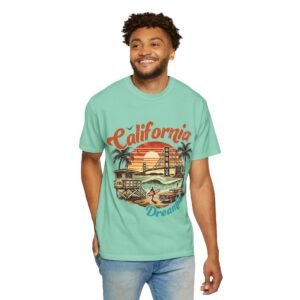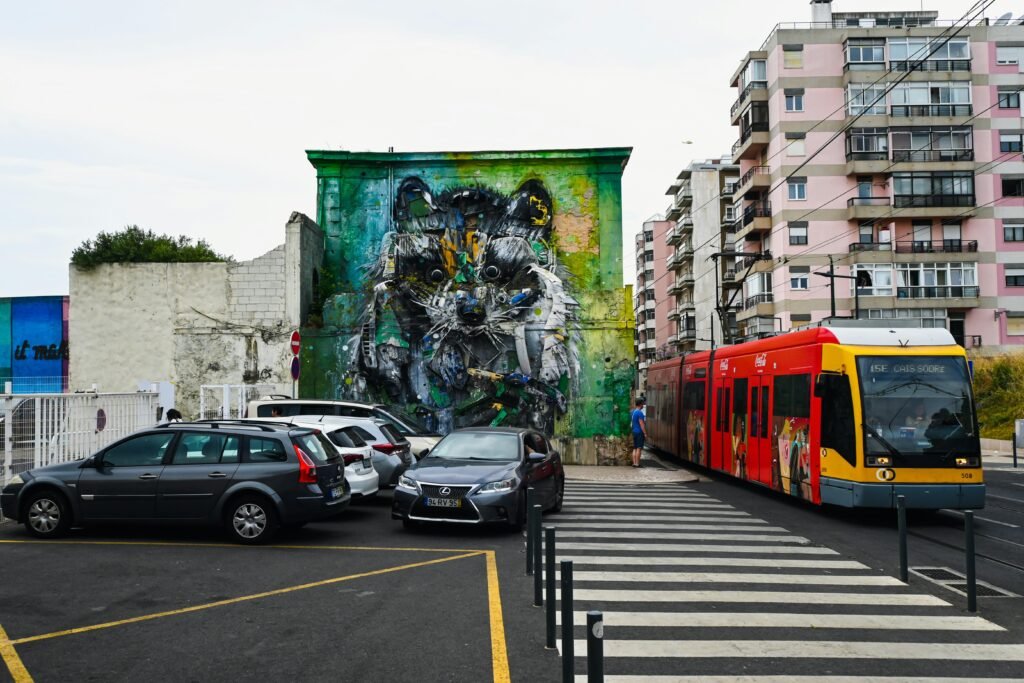In cities around the world, the vibrant pulse of art and street culture is redefining urban landscapes and community identities. From colorful murals and graffiti to impromptu performances and grassroots festivals, these creative expressions are more than just aesthetics—they are powerful reflections of social narratives, cultural diversity, and local pride. This article explores how art and street culture are shaping global cities today, influencing everything from urban development to tourism, and fostering connections that bridge divides in our increasingly interconnected world. Whether you’re a city dweller or a curious traveler, understanding this dynamic interplay offers fresh insights into the evolving character of modern urban life.
Table of Contents
- The Influence of Street Art on Urban Identity and Community Engagement
- How Graffiti and Murals Drive Tourism and Local Economies
- Integrating Street Culture into City Planning for Inclusive Public Spaces
- Strategies for Supporting Emerging Artists in Global Urban Centers
- In Retrospect
The Influence of Street Art on Urban Identity and Community Engagement
Across the globe, vibrant murals and intricate graffiti have become more than mere decoration; they serve as powerful expressions of local stories, struggles, and triumphs. These urban canvases shape a city’s narrative, embedding identities within public spaces where everyone can experience them firsthand. The presence of street art fosters a unique dialogue between residents and their environment, often challenging conventional notions of public art by infusing streets with color, emotion, and cultural relevance.
Community engagement flourishes as street art sparks collaboration and pride among locals. Initiatives centered around mural projects frequently involve neighborhood participation, transforming ordinary walls into collective masterpieces that celebrate diversity and shared heritage. The benefits extend beyond aesthetics, including:
- Revitalizing neglected neighborhoods through creative placemaking
- Creating safe, welcoming spaces that invite social interaction
- Encouraging youth involvement and fostering artistic talents
- Promoting dialogue on social and political issues relevant to the community
By intertwining public art with urban life, street culture not only enhances visual landscapes but also builds stronger, more connected communities rooted in a rich sense of place.
How Graffiti and Murals Drive Tourism and Local Economies
Urban art has evolved into a powerful magnet for visitors, transforming once-overlooked neighborhoods into vibrant destinations. The visual allure of graffiti and large-scale murals invites tourists to explore hidden corners of cities, fueling a growing interest in authentic, localized experiences. This influx of visitors not only boosts foot traffic for nearby businesses but also encourages the development of related services such as guided street art tours, cafes, and boutique shops. Many cities have embraced this trend by organizing annual street art festivals that cultivate both community pride and international attention.
Key economic impacts include:
- Job creation in creative industries and tourism sectors.
- Revitalization of public spaces leading to increased property values.
- Enhanced cultural branding attracting longer tourist stays and repeat visits.
Integrating Street Culture into City Planning for Inclusive Public Spaces
Cities thrive when their public spaces become stages for authentic street culture, transforming urban landscapes into dynamic hubs of creativity and community. Urban planners are increasingly recognizing the value of integrating elements like murals, pop-up performances, and street art installations, which not only beautify but also tell the stories of the people who inhabit these spaces. This approach fosters inclusivity by celebrating diverse cultural expressions and encouraging real-time interaction among residents, visitors, and local artists. When planning incorporates informal creativity, it breaks down barriers, inviting all social groups to participate in shaping the city’s identity.
Key strategies to embed street culture into urban design include:
- Designing flexible spaces that accommodate spontaneous art and community gatherings.
- Collaborating with local artists and cultural groups to co-create public interventions that resonate with neighborhood histories and contemporary issues.
- Implementing adaptive zoning policies that support street vendors, performers, and cultural events without excessive restrictions.
Such planning frameworks generate vibrant, inclusive environments where creativity fuels social cohesion and urban vitality, setting a foundation for cities that pulse with the energy of their inhabitants’ stories and traditions.
Strategies for Supporting Emerging Artists in Global Urban Centers
Supporting emerging artists in bustling urban landscapes requires a multifaceted approach that recognizes both the challenges and opportunities unique to these environments. Key to fostering growth is creating accessible platforms where new creators can exhibit their work without prohibitive costs or exclusivity. Cities can champion this by:
- Developing community-driven galleries that prioritize local talent over commercial appeal.
- Facilitating pop-up exhibitions and street art festivals which allow artists to engage directly with diverse audiences.
- Offering affordable studio spaces in revitalized neighborhoods to reduce financial pressures on creatives.
Moreover, nurturing collaborations between artists, city planners, and cultural institutions promotes an inclusive urban identity that reflects its inhabitants’ diverse voices. Providing mentorship programs and grant opportunities further equips emerging artists with the skills and resources necessary to navigate the competitive art world. Embracing digital platforms also enables artists to transcend geographic limitations, inviting global recognition and cross-cultural exchanges. Ultimately, these strategies not only elevate individual talent but also invigorate the cultural ecosystem of cities worldwide, making art accessible and integral to urban life.
In Retrospect
As cities around the world continue to evolve, the dynamic interplay between art and street culture remains a powerful force shaping urban identities. From vibrant murals to grassroots movements, these creative expressions not only beautify public spaces but also foster community, spark dialogue, and challenge conventional narratives. Understanding this cultural synergy offers valuable insight into how global cities grow, adapt, and connect in an increasingly urbanized world. Whether you’re a resident, visitor, or simply an observer, keeping an eye on this ever-changing landscape reveals much about the heart and soul of our modern cities.
Related Products
-
Cabeau Travel Neck Pillow for Airplanes – The Neck…
Travel $49.99 -
Sale!
Dot&Dot Twist Memory Foam Kids Travel Pillow for A…
Travel Original price was: $31.99.$24.99Current price is: $24.99. -
Rewondah Inflatable Travel Pillow for Sleeping Air…
Travel $12.96


